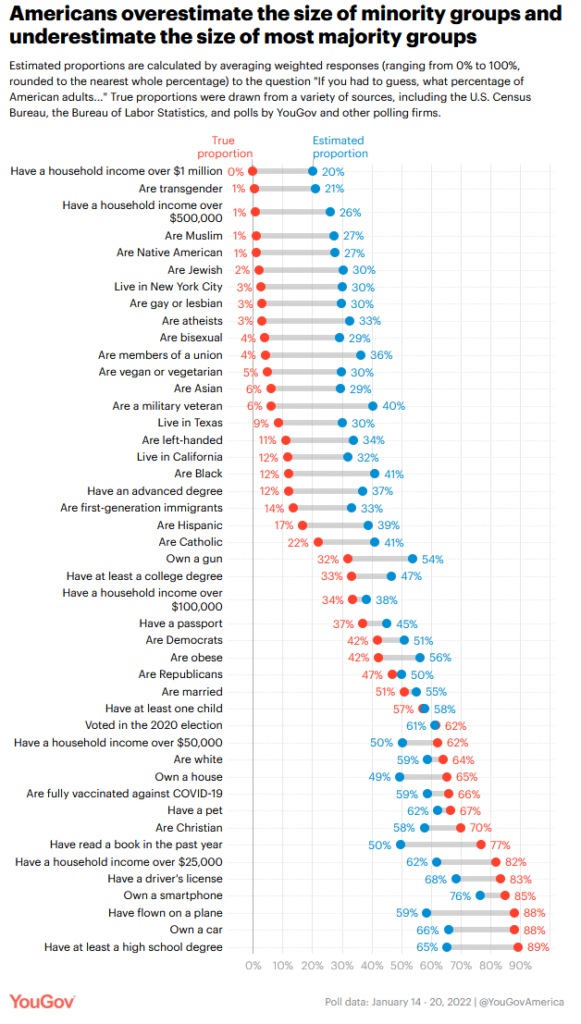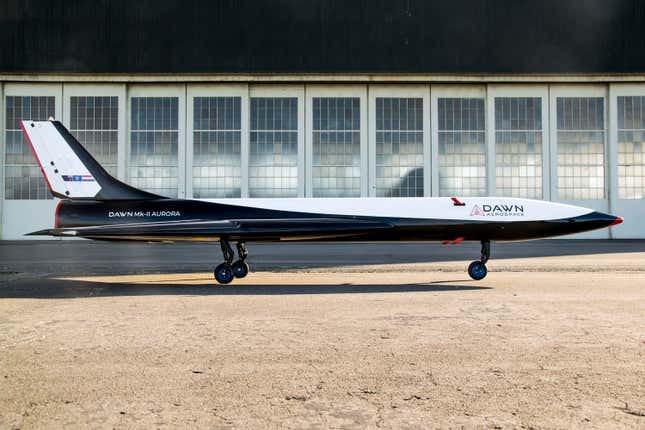Is a dog more similar to a chicken or an eagle? Is a penguin noisy? Is a whale friendly?
Psychologists at the University of California, Berkeley, say these absurd-sounding questions might help us better understand what’s at the heart of some of society’s most vexing arguments.
Research published online Thursday in the journal Open Mind shows that our concepts about and associations with even the most basic words vary widely. At the same time, people tend to significantly overestimate how many others hold the same conceptual beliefs — the mental groupings we create as shortcuts for understanding similar objects, words or events.
It’s a mismatch that researchers say gets at the heart of the most heated debates, from the courtroom to the dinner table.
“The results offer an explanation for why people talk past each other,” said Celeste Kidd, an assistant professor of psychology at UC Berkeley and the study’s principal investigator. “When people are disagreeing, it may not always be about what they think it is. It could be stemming from something as simple as their concepts not being aligned.”
Simple questions like, “What do you mean?” can go a long way in preventing a dispute from going off the rails, Kidd said. In other words, she said, “Just hash it out.”
[…]
But measuring just how much those concepts vary is a long-standing mystery.
To help understand it a bit better, Kidd’s team recruited more than 2,700 participants for a two-phase project. Participants in the first phase were divided in half and asked to make similarity judgements about whether one animal — a finch, for example — was more similar to one of two other animals, like a whale or a penguin. The other half were asked to make similarity judgments about U.S. politicians, including George W. Bush, Donald Trump, Hillary Clinton and Joe Biden. The researchers chose those two categories because people are more likely to view common animals similarly; they’d have more shared concepts. Politicians, on the other hand, might generate more variability, since people have distinct political beliefs.
But they found significant variability in how people conceptualized even basic animals.
Take penguins. The probability that two people selected at random will share the same concept about penguins is around 12%, Kidd said. That’s because people are disagreeing about whether penguins are heavy, presumably because they haven’t lifted a penguin.
“If people’s concepts are totally aligned, then all of those similarity judgments should be the same,” Kidd said. “If there’s variability in those judgments, that tells us that there’s something compositionally that’s different.”
Researchers also asked participants to guess what percentage of people would agree with their individual responses. Participants tended to believe — often incorrectly — that roughly two-thirds of the population would agree with them. In some examples, participants believed they were in the majority, even when essentially nobody else agreed with them.
It’s a finding befitting of a society of people convinced they’re right, when they’re actually wrong.
Overall, two people picked at random during the study timeframe of 2019-2021 were just as likely to have agreed as disagreed with their answers. And, perhaps unsurprisingly in a polarized society, political words were far less likely to have a single meaning — there was more disagreement — than animal words.
[…]
In a second phase of the project, participants listed 10 single-word adjectives to describe the animals and the politicians. Participants then rated the animals’ and politicians’ features — “Is a finch smart?” was an example of a question they were asked.
Again, researchers found that people differed radically in how they defined basic concepts, like about animals. Most agreed that seals are not feathered, but are slippery. However, they disagreed about whether seals are graceful. And while most people were in agreement that Trump is not humble and is rich, there was significant disagreement about whether he is interesting.
This research is significant, Kidd said, because it further shows how most people we meet will not have the exact same concept of ostensibly clear-cut things, like animals. Their concepts might actually be radically different from each other. The research transcends semantic arguments, too. It could help track how public perceptions of major public policies evolve over time and whether there’s more alignment in concepts or less.
“When people are disagreeing, it may not always be about what they think it is,” Kidd said. “It could be stemming from something as simple as their concepts not being aligned.”












